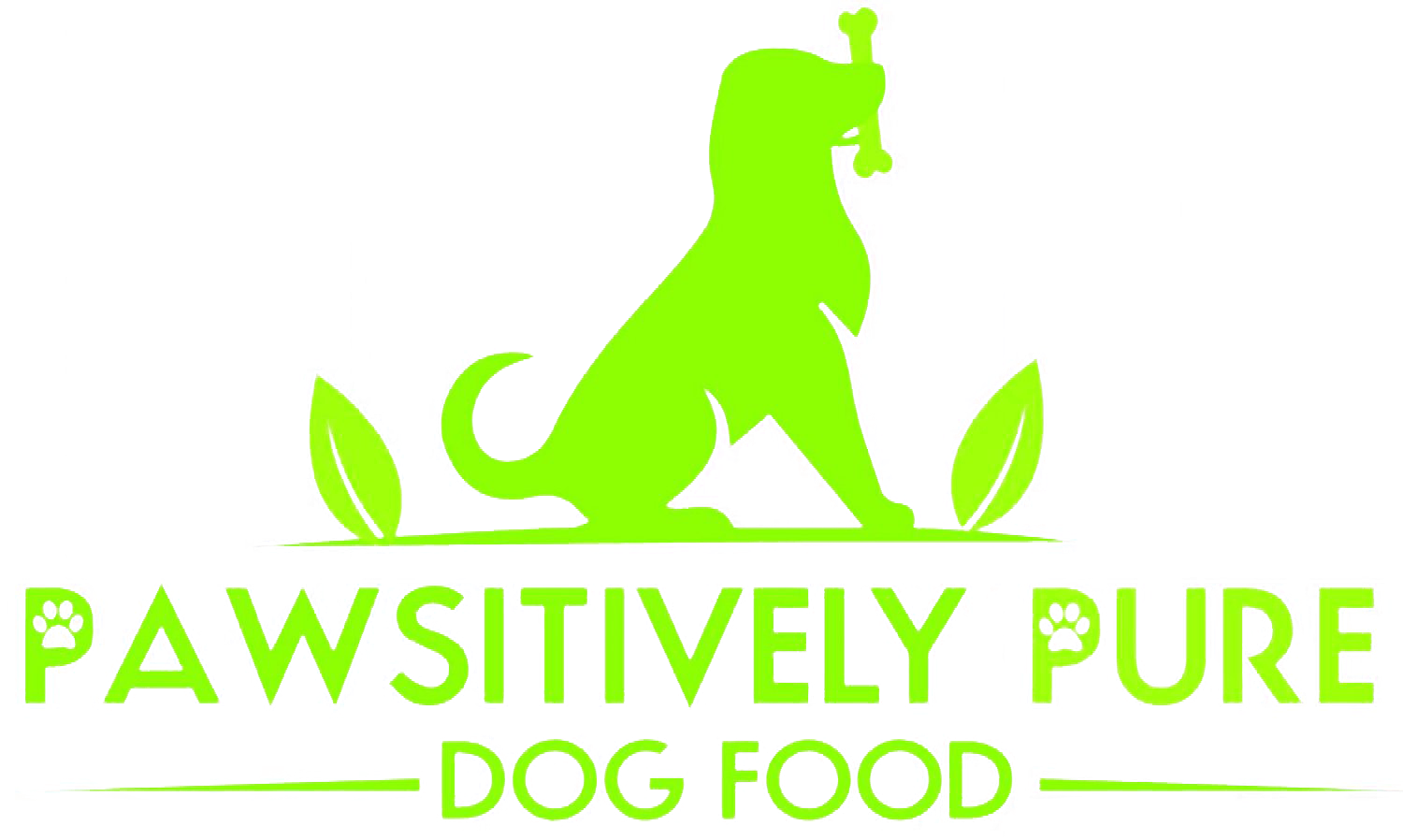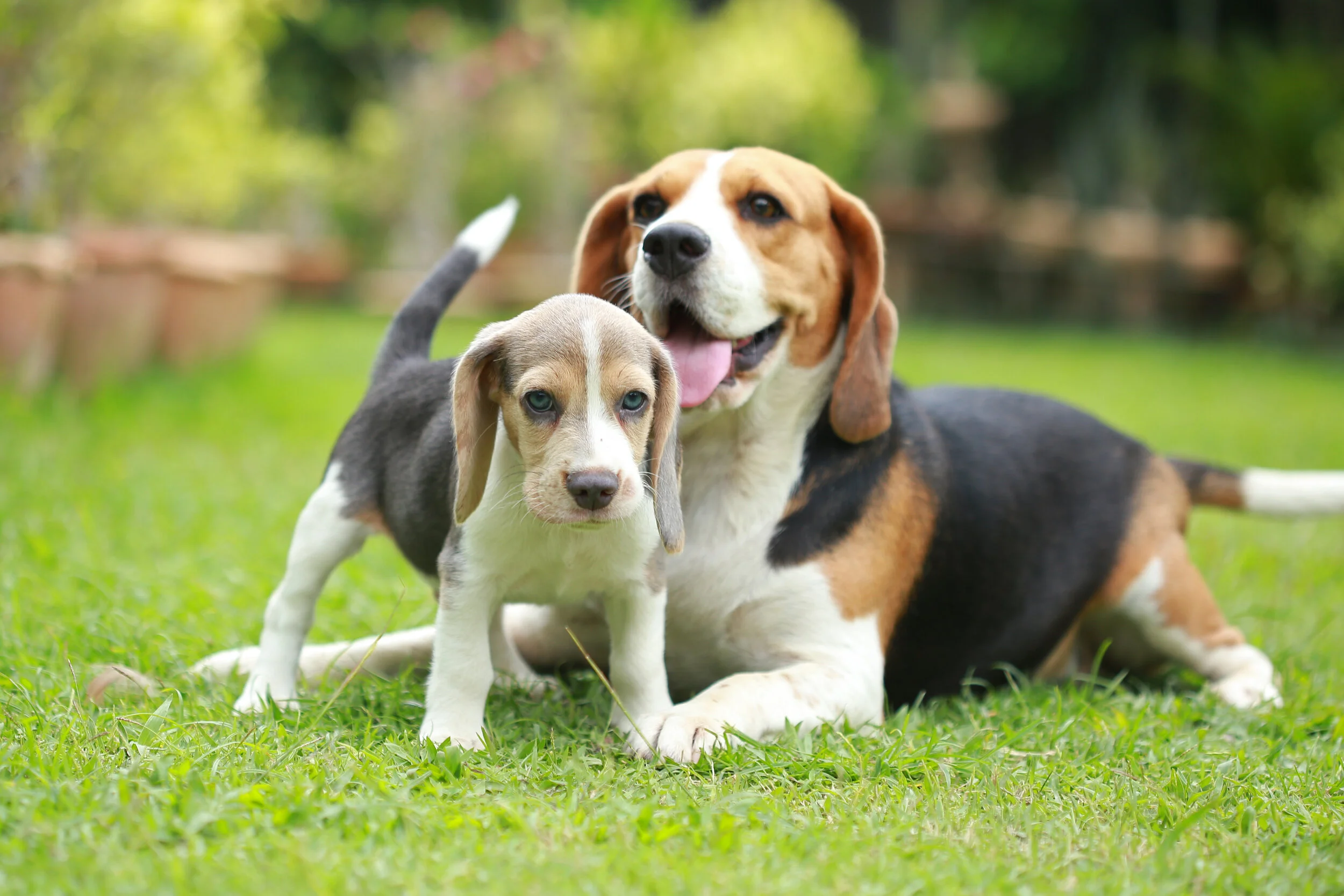For dogs and humans alike, nutrition is one topic that continuously evolves and changes. No doubt you’ve heard of at least four or five new fad diets over the last year. The low-fat diets of the 1980s shifted to the low-carb diets of the 2000s. One minute, grains are the largest portion of the food pyramid; the next, we’re cautioned to limit our wheat and grain intakes. Similarly, popular dog diets go through phases. Should you look for the grain-free dog food? The raw diet? Which type of food is best for your dog and for the community at large?
If you know our story, you know that wholesome, nutritious, human-grade ingredients are at the heart of our mission. Like so many other pet parents around the world, we got fed up with recall after recall of commercial pet foods and decided to take our dogs’ nutrition into our own hands. Since then, we’ve noticed a significant improvement in our dogs’ skin and coats, their energy levels, and the clarity of their eyes and ears. But for us, the human-grade food movement is about so much more than that. We think it’s the best option for the community at large for a number of reasons.
No two dogs are the same, and neither are their dietary needs
Your dog is so unique! What other dog barks the way they do, gets the zoomies the way they do, or tumbles into playtime like they do? Your dog is an individual, and you wouldn’t have it any other way. Just as their personalities are unique, their body chemistry is their own, meaning they may react differently to different ingredients in food. Cookie-cutter diets just won’t cut it anymore.
Since we switched to whole foods for our dogs, we’ve found that it’s easier to include dietary supplements and minerals with their unique food blends. For a rundown of our favorite Mercola supplements, check out our blog. We work with our dogs’ vets to make sure they’re getting all the nutrients they need to improve their quality of life.
Responsible sourcing is good for the environment
For our food and treats, we choose wholesome ingredients from responsible sources. Not only does this help us make sure we know exactly what’s going in our dogs’ tummies, but it also means we’re relying on ethical food producers whose methods benefit the environment. Without a healthy planet, we won’t have anywhere to let our dogs run and play! We think that environmental protection should be a cause for companies of any size and industry.
A healthy diet is a preventive measure
So much of your dog’s health relies on their diet. Obesity in dogs can cause joint pain, heart illnesses, low energy, and diabetes. On the other hand, unappetizing food can leave your dog underweight, bored, and tired. Your dog’s quality of life is based largely on their nutrition. Think about it: we use food and treats as training rewards, and we often share our mealtimes together.
Providing your dog with the right diet helps give them the energy they need to stay active and to properly metabolize food and treats. It also helps stave off diseases like arthritis and heart disease. In short, a healthy diet is pretty darn important.
How to get started with human-grade dog food
We always recommend speaking to your veterinarian before you make major changes to your dog’s diet. They can offer you insightful tips on transitioning and on which supplements to add to their bowl. Once you have your recommendations, find Pawsitively Pure dog food at www.pawsitivelypuredogfood.com/shop or stop by one of our upcoming markets to ask us any questions you may have.





